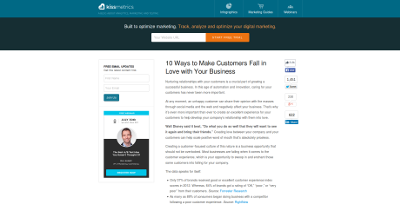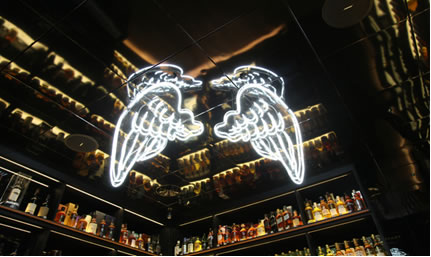What does merchandising mean?

What does merchandising mean?
“The activity of promoting the sales of goods at retail level. Merchandising activities may include display techniques, free samples, on the spot demonstration, pricing, shelf talkers, special offers and other point of sale methods”
In the previous units we learnt how Direct Selling to consumers could provide an opportunity for small producers increasing the possibility of receiving a higher economical and personal return.
Let’s try to understand in this unit the tips to be a good salesman.
As a farmer, you are more used to buying things (equipment, materials, and provisions) than to selling them: normally you rely on an external entity to commercialize your produce.
But “What is selling”? It is successfully presenting a product or service to a person or business with the goal of satisfying his needs in exchange for money.
A good sales process consists of developing and managing the relationship with the customer, providing pre-sales services: Learning what your client needs before presenting him your product to give him/her the best of expected attributes, including the relative price.
Contrary to popular belief, being good at selling things is not determined at birth. It is a learned skill that requires good communication and good organization. This organization is apparent when carrying out your sales process.
How do you comunicate with clients?
How important is the point of sale layout?
How do you convince your customers to make a purchase?
What makes a good salesman?
The first impression of the shop/stall/ corner is made within a few minutes from the entrance and consolidated during the first visit: clients remember bad impressions more intensely than good ones!
It takes 12 positive service experiences to make up for 1 negative experience!!
Nurturing relationships with your customers is a crucial part of creating a successful business. In this age of automation and innovation, caring for your customers has never been more important.
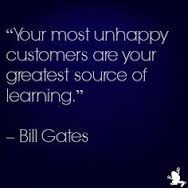
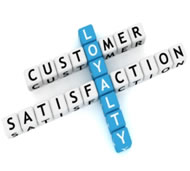
At any moment, an unhappy customer can share his/her opinion with the masses through social media and the web and negatively affect your business. That’s why it’s even more important than ever to create an excellent experience for your customers to help develop your shop, corner, stall relationship with them into loyalty.
Walt Disney said it best, “Do what you do so well that they will want to see it again and bring their friends.” Creating a customer-focused culture of this nature is a business opportunity that should not be overlooked.
Your clients want you to answer their needs (technical and ergonomic) and to meet their expectations (economic and relationship). Their decision to make a purchase, motivated by real, objective, needs, is most often influenced by subjective elements.
In short:
- Smile when you greet people. Before deciding to buy your cider, your client needs to be reassured by words full of welcome, knowledge, and appraisal (though he doesn’t want to feel like he’s being taken for a fool); he should feel at ease in accepting the economic portion (money) that you are asking of him.
- Avoid doing things that will give the consumer a bad impression, for example: looking bored - talking with co-workers and ignoring customers - frowning or acting distracted - answering "no« - yelling. Always find a solution to customers’ queries that will have them enter the store to find out more. For example, if a customer wants some oranges you don't have, help him/her find something similar within your store such as some kiwis, mandarines.
- Though sometimes difficult, try to remember details about your customers. Having a good memory for customers will keep them coming back.
- Welcome customers with open gestures, direct them to the right area of the store while thinking about exactly where the items are.
- Use appearance to promote your company. It is important to use t-shirts or jackets with the logo of your brand.
Learning to fit out a selling corner, a shop or a stall
The way to set up the store is part of non-verbal communication The corner/shop/stall must be:
BEAUTIFUL: must be furnished in order to attract the customer's attention.
NEAT: the products must be ordered on the shelves / benches for easy viewing by the customer.
TIDY: the care and attention to the maintenance of the counter / point of sale entice the customer to buy.
PRICES EXPOSED: keeping them hidden discourages the customer from purchasing
INFORMING: some customers are afraid of asking. On the first time, they prefer to read most of the information. So make use of leaflets or posters. If you do not write about a key element of your product (for example, that it is organic), it may seem that you are not entirely entitled to say that «officially».
Some sellers consider a nice, professional store design just a gimmick, an unnecessary expense. They say, "if I have a great product people want it and if I provide good customer services, shoppers will come." This may be true for stores that cater to a narrow niche market with not much competition. But in general, when you have to compete with many other stores in your business, a good design is a must.
Have you ever noticed how some stores have a certain appeal that makes you want to spend time there, while others are either forgettable or downright depressing? That feeling comes from a combination of internal culture and retail design.
Think about brands like Apple: when you’re in their space, you viscerally feel what they’re all about. They may be selling a product or service with functionality similar to other brands, but beyond that they’re selling an experience, a mindset and a feeling. When your retail design differentiates you from others in your industry, it can create a competitive advantage.
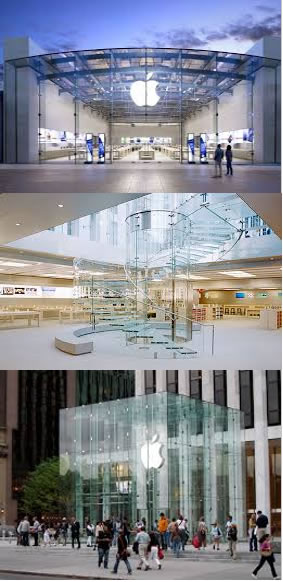
Selling food
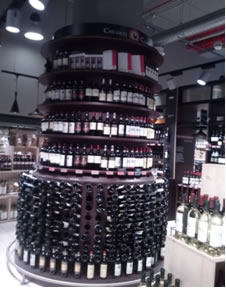
Watch these videos:
The Example of the Whisky Shop of their flagship store.
The Whisky Shop wanted a design which educated and informed its consumers whilst reflecting the high-end credentials of the brand. Their newly designed store brings the product and the process behind its creation to life, whilst retaining its premium feel. The overhaul of their flagship store confirmed their correct brand positioning as accessible luxury, and has given the brand a well-established platform from which to aim onwards and upwards. A further demonstration of the success is that The Whisky Shop later rolled the design out to their regional flagship store in Manchester. The environment in which products and services are displayed and purchased does add an inherent value and consumers infer a huge amount about the relative merits of a brand from their in-store experience. Even other players in the retail space will elevate their perception of a brand and store as a result of the messages their in-store environment portrays.
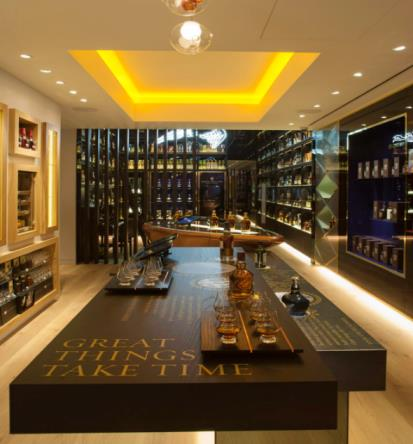
The store design operational aspects (examples)
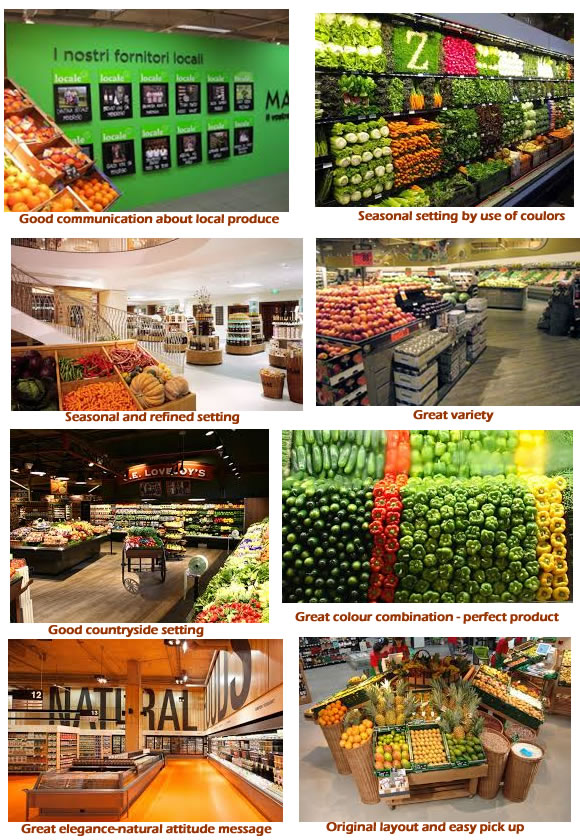
The dominant interests of the client
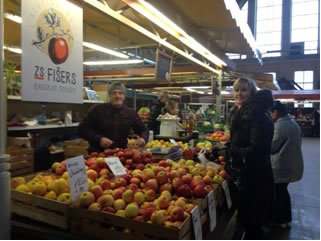
Suppose that you are an apple producer and that you sell your products from the orchard (example: whole fruit, cider, preserve, etc.). If we could read your clients’ minds, we would find four major driving factors:
Basic or technical needs: Your fruit is, above all, food. Your client must eat and drink to survive and attempts to find pleasure while doing so (good taste, nutritional properties).
Essentially, the sale of a product or service boils down to communication between two people: the salesman, who talks, and the client, who listens. But what does the client really understand and retain?
Many sales studies have shown that the top frustration of the client is not being heard by the vendor. Too often the speaker talks without bothering to think about how his message is being received.
In order to avoid this unpleasantness, the salesman must first behave as the receptor (listen to the client) before being the emitter (present the product).
A good listener always keeps the following in mind:
- Keep a positive and welcoming image: be relaxed, at ease, use welcoming gestures, keep a smile on your face, keep an attentive expression, and be sure to focus on your client;
- Keep a friendly tone: your voice should be calm and deliberate, vary your rhythm with strategic pauses, give off a good mood to gain the trust of your client;
- Practice the “message in reverse”: find out what your client is thinking by asking open questions, re-phrase what he has said, and memorize what is important to him;
- Have genuine interest in your interlocutor: be silent to let your client speak, concentrate on what he says and not on your thoughts, be more interested in the person and not in the product or service being sold.



